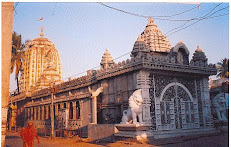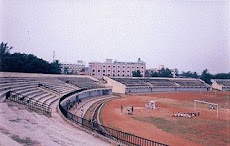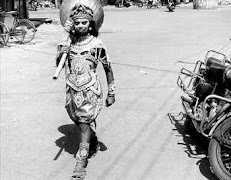The 90-year-old Utkal Ashram, which saw leaders of the Odia movement chalking
out strategies for the formation of a separate state on the basis of language,
deserves a heritage tag, feel eminent citizens. Odisha was formed on April 1,
1936, and this building was a mute witness to this historic change. Basant
Kumar Panigrahi, a senior advocate, said, "The government should declare
it a heritage building." He also felt the government should set up a
museum inside the building to display all relevant documents of the movement
and photographs of frontline leaders. History
says, the Rambha Palace of Harihar Mardaraj, the king of then Khallikote, was
the first to invite all Odia leaders to help strategize the movement in 1902. The
palace has now been leased out to a hotel. Retired professor Prahallad Panda
said, "In the absence of a heritage status, the building is being called
Utkal Ashram."
The
annual conference of the Ganjam Jatiya Samiti was held in Berhampur on April 11
and 12, 1903. This conference provided infrastructural support for the
inception of the birth of Utkal Sammilani, which held its first conference at
the Idgah Ground in Cuttack. The place for the ashram was donated by the then
zamindar of Sheragada estate. A thatched house was built like an ashram to
provide shelter to the leaders. Later, a separate building was constructed for
collecting donation, Panigrahi added. Almost all leaders from Odisha visited
the ashram during the movement. Since the place played a pivotal role in the
formation of a separate state, the road that passes through it was named Utkal
Ashram Road by the Berhampur Municipal Corporation (BMC). "As the place
played a significant role in the formation of a separate state and to help
promote Odia language and culture, it needs to be declared a heritage
building," said Mohapatra Bhaskar Gantayat, a noted Odia litterateur. Source: Times of India


















.jpg)


















































No comments:
Post a Comment